Tag: ecology
-
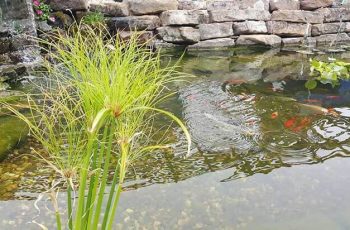
Investigation: What Organisms Are Found in Ponds?
Does your community have ponds, streams, or lakes? Students enjoy working with real biology, and though it may not be possible to take students to a lake, you can bring the lake to the student. This open-ended activity gives students the opportunity to explore pond water and compare the types of species found in…
-
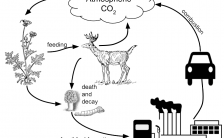
Analyzing Graphics: The Carbon Cycle
This graphic illustrates how atmospheric carbon dioxide is produced during cellular respiration and combustion and then taken up by plants. Students apply what they have learned about the processes of photosynthesis and respiration to label parts of the graphic an answer questions. This activity is probably best done as a pair-share activity or a…
-
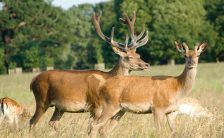
Investigation: Estimating Population Size
In this investigation, students simulate how mark and recapture techniques are used to estimate population size. Prepare populations in advance by gathering 60-150 small objects, like toy spiders, beans, or beads. Toy animals seem to be more exciting for students, and you can sometimes find them at dollar stores. In my class, I…
-
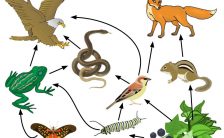
Food Web: Identify Consumers
Food webs are basic concepts in biology and ecology, where students learn the concept of energy flow in an ecosystem by viewing models of food webs. This labeling worksheet asks students to identify the primary, secondary, and tertiary consumers in a forest ecosystem. A food web is a representation of the complex interrelationship between…
-
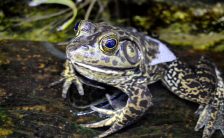
Case Study – Are Invading Bullfrogs Harmful?
Students follow a story about an ecologist and a student who are studying the population size of bullfrogs in California. These amphibians are considered an invasive species in that area and have been causing the decline of native species. Students learn concepts related to community interactions and learn one species can cause the decline…
-
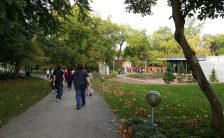
Mini Field Trip to the Park
If you’re on the last days before school is out for the summer, you are probably encountering a lot of excited kids who really aren’t interested in sticking their nose in a book. Why not take them outside onto the school grounds or a nearby park and do outdoor projects?

